Brimmer, Janna M 00 Winter wildlife use of black locust (Robinia pseudoacacia L) patches on the Palouse prairie of eastern Washington and northern Idaho Moscow, ID University of Idaho 71 p Thesis 33 Brooks, Matthew L 08 Effects of fire suppression and postfire management activities on plant invasionsBlack Locust grows faster than any other known hardwood tree and is known to significantly reduce the demand on tropical rainforests Sassafras, Eastern Juniper and Black Walnut are also wonderful options for decking and flooring from fastgrowing, renewable treesRobinia is a genus of flowering plants in the family Fabaceae, tribe Robinieae, native to North AmericaCommonly known as locusts, they are deciduous trees and shrubs growing 4–25 metres (13– ft) tall The leaves are pinnate with 7–21 oval leaflets The flowers are white or pink, in usually pendulous racemesMany species have thorny shoots, and several have sticky hairs on

Black Locust Robinia Pseudoacacia Tree Flowers Close Up Canstock
Robinia pseudoacacia purple robe black locust
Robinia pseudoacacia purple robe black locust-Mechanical properties of black locust (Robinia pseudoacacia) wood correlations among elastic and rupture moduli, proportional limit, and tissue density and specific gravity Annals of Botany, 79(5);Vurv Auriga Silver unisex 12 Black Locust is native to the southeastern United States but has been cultivated elsewhere, due to its rapid growth, high adaptability and a high tolerance for the pollutants of modern life These same characteristics have




Robinia Pseudoacacia Black Locust
Robinia pseudoacacia 'Frisia' Deciduous tree, to 40 ft (12 m) high and a spread of 25 ft (8 m), oval with upright branches, young shoots have winered prickles (thorns) Leaves similar to the species type but bright yellow in spring then greenishyellow in summer SunBlack Locust (Robinia pseudoacacia) Common Name (s) Black Locust, Robinia, False Acacia Scientific Name Robinia pseudoacacia Distribution Centraleastern United States (also widely naturalized in many temperate areas worldwide) Tree Size ft (30 m) tall, 23 ft (61 m) trunk diameter Average Dried Weight 48 lbs/ft 3 (770 kg/m 3)The Black Locust (Robinia pseudoacacia) tree helped save the west during the agricultural crisis of the Great Depression Harmful agricultural practices cou
Black locust Fabaceae Robinia pseudoacacia L symbol ROPS Leaf Alternate, pinnately compound, with 7 to 19 leaflets, 8 to 14 inches long Leaflets are oval, one inch long, with entire margins Leaves resemble sprigs of grapes;Robinia pseudoacacia (Black Locust) is a species of tree in the family Fabaceae They have a selfsupporting growth form They are associated with freshwater habitat They are native to United States, The Contiguous United States, Eastern North America, and United States They have compound, broad leaves and white flowersLocation 9 East Washington Ave Madison, WI Black Locust Cafe is part of Robinia Courtyard, located across from Festival Foods and Galaxie Apartments, next to the American Family Insurance Spark Building, and just a few steps from both Breese Stevens Field and The Sylvee
Genus Robinia are vigorous suckering trees and shrubs, sometimes thorny, with pinnate leaves and racemes of peatype flowers in early summer, sometimes followed by seed pods Details R pseudoacacia is a fastgrowing, spreading tree to 25m tall with deeply furrowed rough bark and spines formed from stipules on twigs and suckersThe introduced tree species, Robinia pseudoacacia (black locust), has spread extensively in many countries Because of its active regeneration and rapid initial growth, R pseudoacacia has not Black Locust (Robinia pseudoacacia) Black Locust is an easy to grow tree that does well in dry to medium, welldrained soils Can tolerate a wide range of soils and can thrive in difficult conditions Their pealike, fragrant, white flowers bloom in late spring and attract bees Full sun Map courtesy of USDANRCS Plants Database
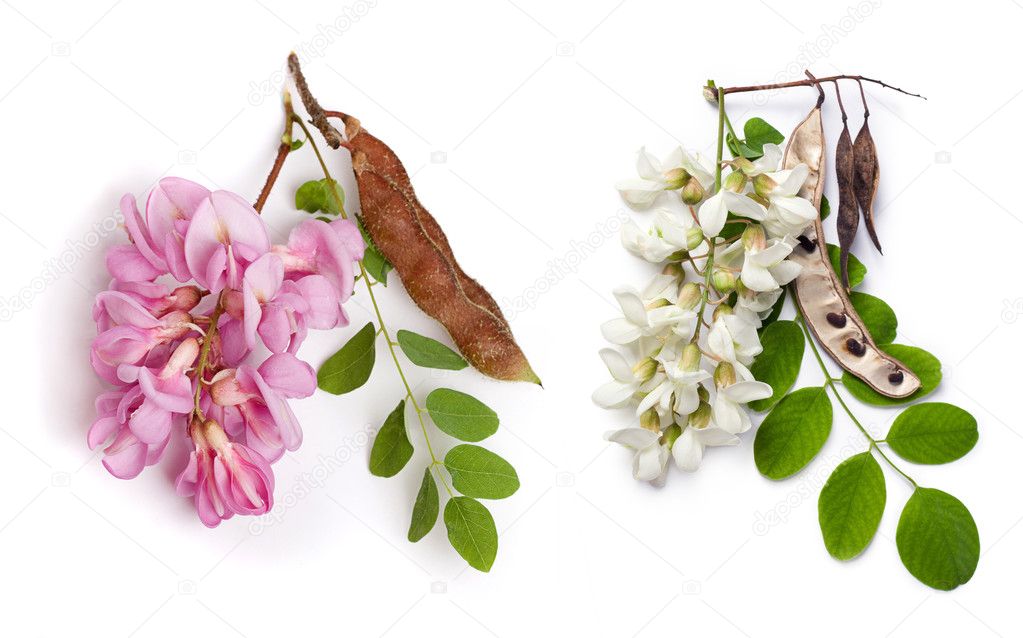



Black Locust Robinia Pseudoacacia And Bristly Locust Robini Stock Photo By C Ziablik
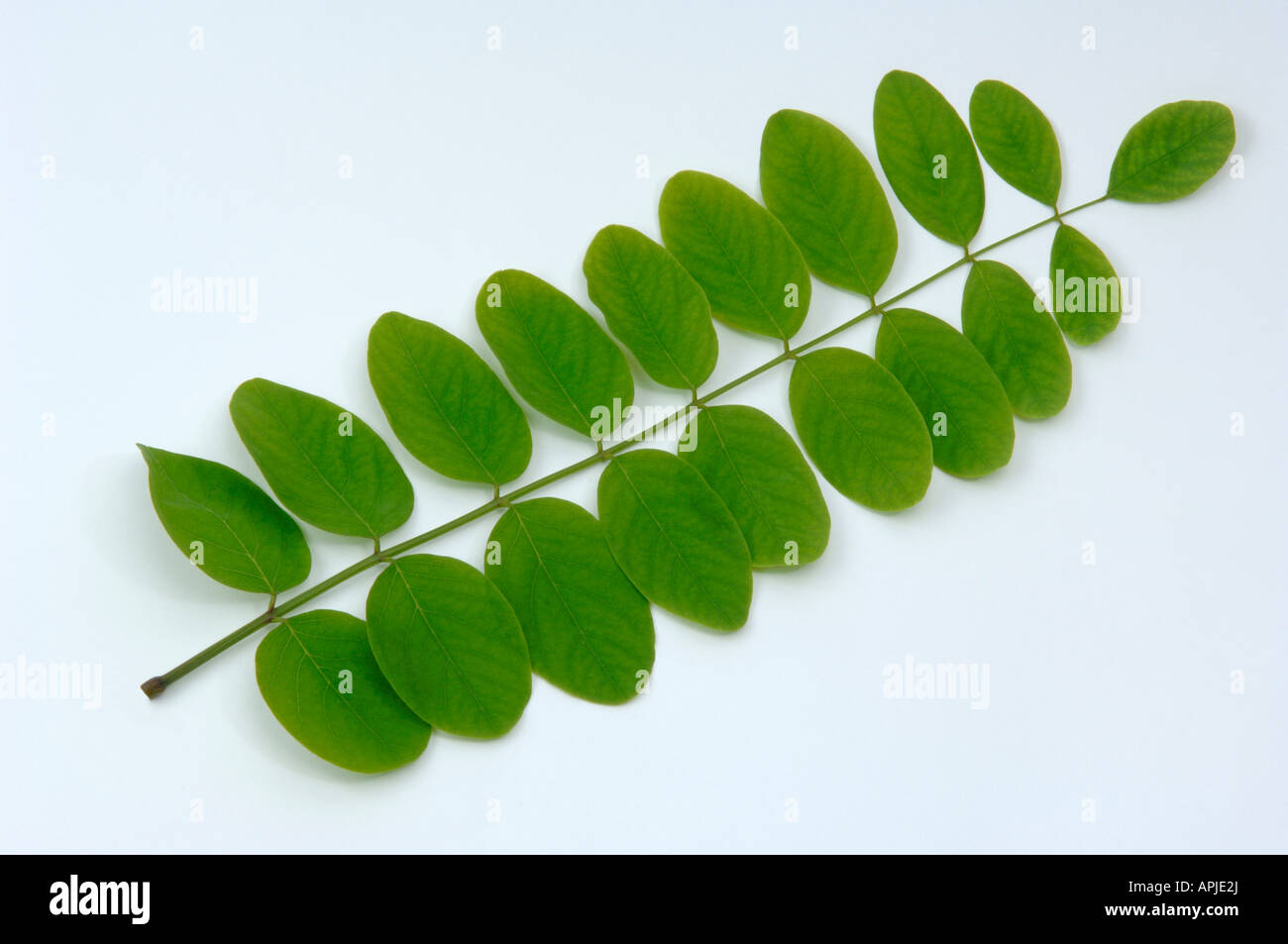



Locust Tree Robinia Common Acacia Black Locust Robinia Pseudoacacia Leaf Stock Photo Alamy
BLACK LOCUST Robinia pseudoacacija Common name Black Locust Latin name Robinia pseudoacacia Family Fabaceae Habitat Sandy and rocky soils The plant is native to North America Description Medium – sized, melliferous tree, grows up to 0, 6 meters Leaves are pinnately compound, bluish green on top, pale underneath The black locust is a deciduous, hardwooded tree that grows well in sunny locations Similar to the honey locust, the black locust tree can withstand poor soil, drought, and damp growing environments The black locust tree is also called "False Acacia," "Fragrant White Locust," and "Common Robinia" Invasive Species Robinia pseudoacacia, Black Locust Black locust is a deciduous tree that, while native to parts of the United States, has spread to and become invasive in other parts of the country Trees grow from 40 to 100 ft (12 to 30 m) in height They grow upright in forests but develop an open growth form in more open areas




Black Locust 40 Seeds Robinia Pseudoacacia Tree Bonsai Sow All Year Bee Amazon Co Uk Garden Outdoors




Robinia Pseudoacacia Beautiful Blossoming Black Stock Footage Video 100 Royalty Free Shutterstock
Robinia pseudoacacia is a deciduous tree that, while native to parts of the United States, has spread to and become invasive in other parts of the country Trees grow from ft (1230 m) in height Trees grow upright in forests, but develop an open growth form in more open areas The bark of black locust is light brown, rough, and becomesBlack locust (Robinia pseudoacacia) is a mediumsized, fastgrowing deciduous tree native to North AmericaIt was introduced to Europe in the 17 th century and is now naturally found in most of the continent, from Sicily in Italy to southern Norway The tree's durable wood is resistant to fungi and insects and is particularly good as firewoodYoung trees have brown bark that is slightly rough and shallowly furrowed, while older trees have thick




Black Locust Robinia Pseudoacacia Tree Flowers Close Up Canstock



1
Genus Details Black locust and other species are native from Pennsylvania to Georgia and westward to Iowa, Missouri and Oklahoma This tree has been planted and become naturalized in other areas of the US Locust trees reach a height of 80 feet The leaves have 7 to 19 oval leaflets and fragrant white or pink flowers in drooping clusters thatA deciduous tree with short, irregular branches and feathery leaves, the black locust grows fast but is shortlived Black locust trees can reach heights of 70 to 80 feet but are more often 30 to 50 feet tall The black locust bears toxic pods that hang from its branches, but it also has white, fragrant flowers that bloom in late springThe black locust is native to United States, although it has been planted all over North America, Europe, Asia, and South Africa The species, Robinia pseudoacacia, is a deciduous angiosperm that is considered by many to be an invasive species The wood of the black locust is very durable and used for many human purposes
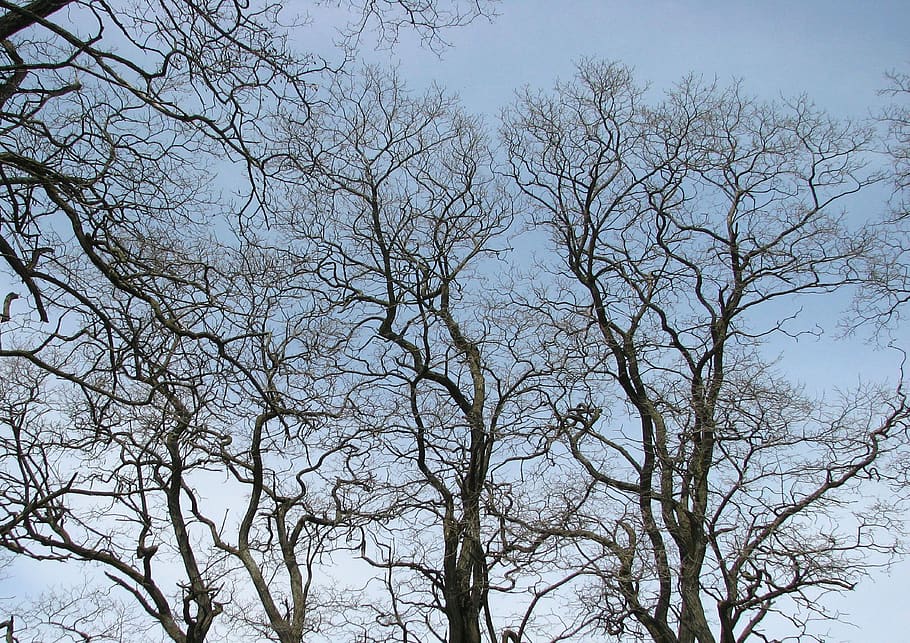



Hd Wallpaper Black Locust False Acacia Robinia Pseudoacacia Moneymore Wallpaper Flare
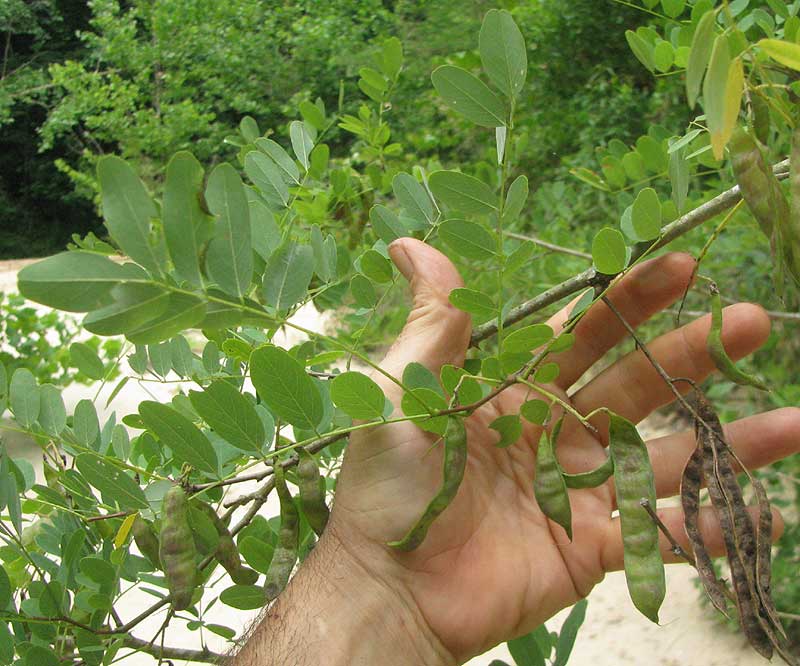



Black Locust Robinia Pseudoacacia
Robinia pseudoacacia 'Frisia' 'Frisia' Black Locust is a deciduous tree with white flowers in Spring This variety has lime green to yellow leaves, makingBlack locust is a deciduous tree native to eastern North America The term "locust" was originally used to describe the edible pods of carob trees that resembled the edible insects called locusts or grasshoppers All locust trees in the Robinia genus have toxic pods, leaves and bark These toxic dark pods inspired its name of black locustRobinia pseudoacacia, commonly known in its native territory as black locust, is a mediumsized deciduous tree native to the southeastern United States, but it has been widely planted and naturalized elsewhere in temperate North America, Europe, Southern Africa and Asia and is considered an invasive species in some areas Another common name is false acacia, a literal



Robinia Pseudoacacia L Plants Of The World Online Kew Science
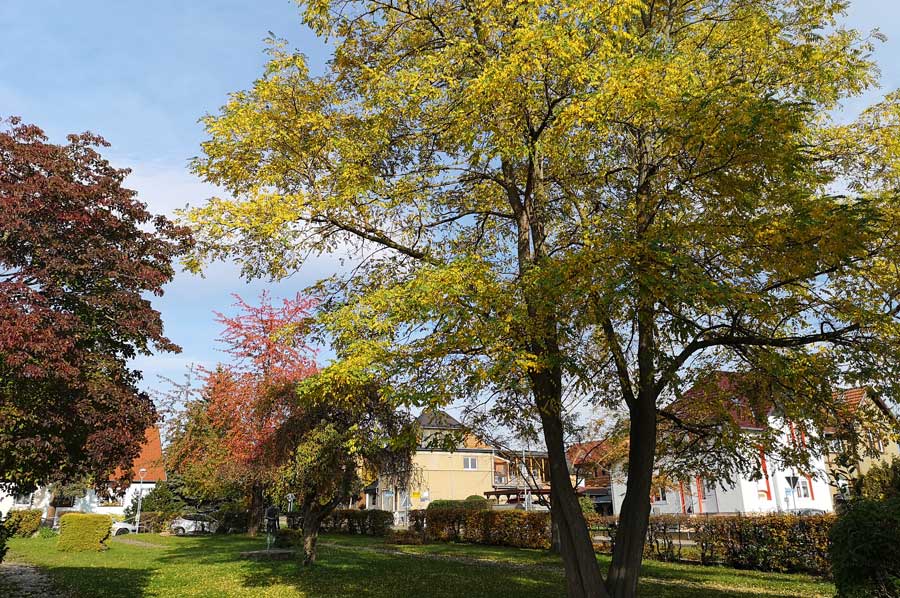



The Robinia Or Black Locust Appears Slowly But
The pioneer tree black locust (Robinia pseudoacacia L) is a droughtresistant tree and, in symbiosis with Rhizobium, able to fix dinitrogen from the atmosphere It is, therefore, an interesting species for marginal lands where soil amelioration is sought in addition to economic gainBlack locust (Robinia pseudoacacia) Photo credit Steve C Garske, Flora of Wisconsin Fastgrowing tree in the legume family, growing 3090' tall with a trunk 24' in diameter Forms multiplestemmed clones and is slow to grow leaves in the spring Seedlings and small branches have paired thorns The bark is smooth and green on saplings2 Robinia pseudoacacia L E black locust CT, MA, ME, NH, RI, VT Roadsides, forest fragments, field edges, riparian forests 1×2 Robinia hispida × Robinia pseudoacacia → Robinia ×margarettae Ashe is a very rare locust hyrid known from MA The shrubs to small trees (1–10 m tall) are hispid in the inflorescence and may be hispid on the



Robinia Pseudoacacia Black Locust Future Forests
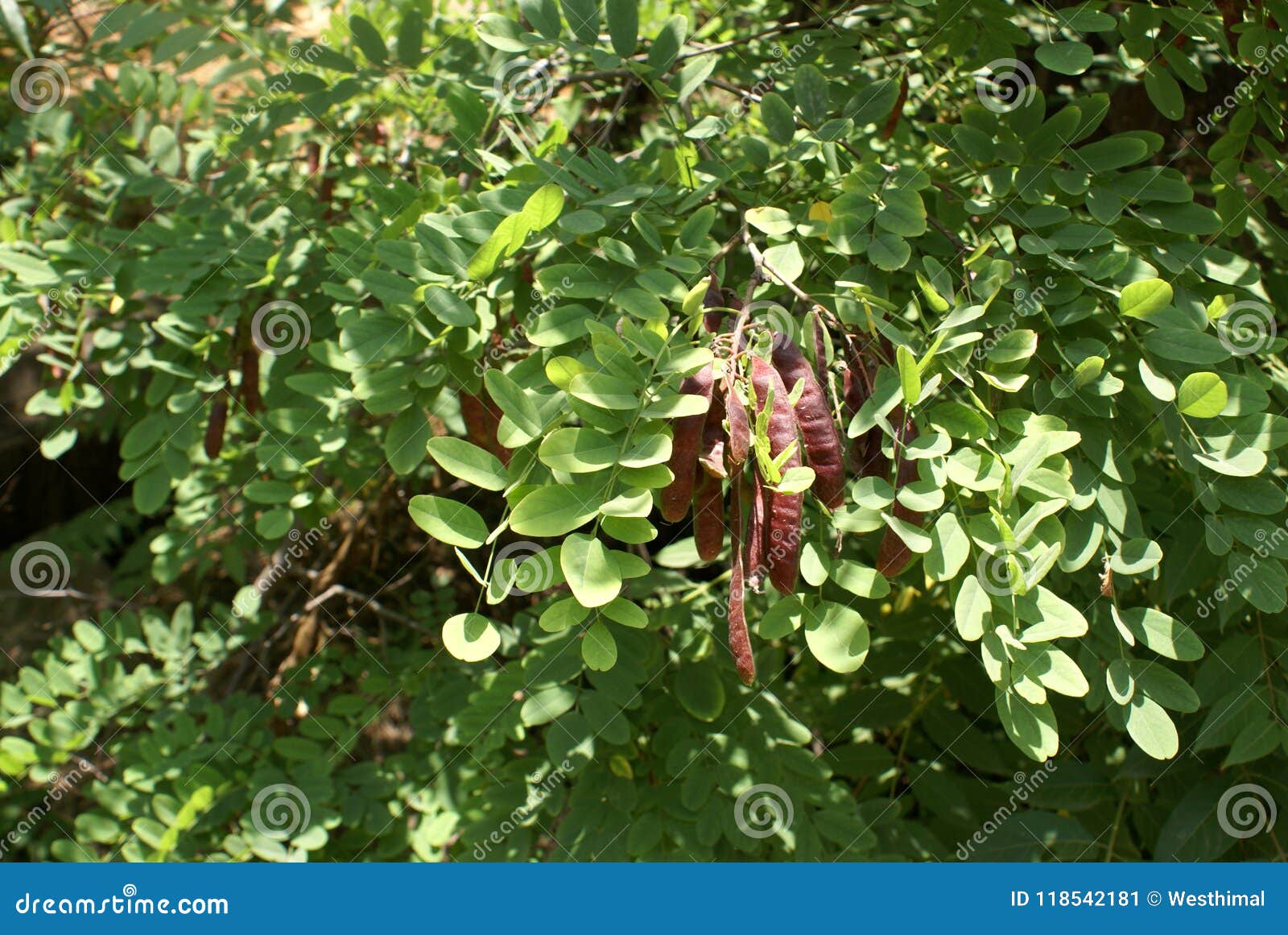



Black Locust With Fruits Robinia Pseudoacacia False Acacia Stock Image Image Of Robinia Drooping
The Black Locust is botanically called Robinia pseudoacacia The Tree is a deciduous tree, it will be up to 25 m ( ft) high The leaves are imparipinnate and the flowers are white The tree likes Sun to slight shade at the location and the soil should be sandy to strong loamy Fruit pods are smooth, 2 to 4 inches long, and contain 4 to 8 seeds Two other locusts native to the Appalachians, Robinia viscosa (with pink flowers), and Robinia hispida (with rosepurple flowers), are used in cultivation and may share black locust's invasive tendencies ECOLOGICAL THREATBlack Locust (Robinia pseudoacacia) Description This tree is 4080' tall at maturity, forming a trunk about 1½3' across and an irregular crown with spreading to ascending branches Trunk bark is variable, depending on the age of a tree;




Robinia Pseudoacacia Black Locust




Robinia Pseudo Acacia Botanical Flowers Bees Plants Botanical Art
Robinia pseudoacacia, or Black Locust, is a deciduous, flowering tree that may grow 50 to 70 feet tall and a trunk diameter of 3 to 4 feet It is a native forest tree in the mountains of North Carolina, however, it is widely planted throughout the state and is now naturalized to all soil and water conditions, except for saturated soilsGreen above and paler below Flower Perfect, showy and fragrant, white, 1 inch long and pealike, borne in long (5 inches) hanging clusters, appear inA mediumsized tree (up to 25 m or 80 ft tall) with long compound leaves belongs to the Pea family like many other species in the Pea family, it has nitrogenfixing bacteria in its roots enabling the tree to grow vigorously in poor soil reproduces by root suckers to form dense clones of interconnected trees




Black Locust Robinia Pseudoacacia Flower And One Leaf Of The Black Locust In Europe Also Called False Acacia Robinia Canstock



1
Black Locust Robinia pseudoacacia 19 Status in Maine WidespreadSeverely Invasive Description Medium to tall ('), fast growing deciduous tree, native to several southeastern and a few midwestern statesBark of young trees is smooth green but becomes deeply furrowed and dark brown with ageRobinia pseudoacacia is a deciduous Tree growing to 25 m (ft) by 15 m (49ft) at a fast rate It is hardy to zone (UK) 3 It is in flower in June, and the seeds ripen from November to March The species is hermaphrodite (has both male and female organs) and is pollinated by Bees It can fix Nitrogen It is noted for attracting wildlifeBlack Locust, otherwise known by its botanical name Robinia Pseudoacacia, is a hardwood tree native to the South Eastern United States Today it's one of the most commonly cultivated trees in the world, grown all over the temperate regions of North America, Europe, and North AfricaIts extraordinary hardness and natural chemical composition




Robinia Tortuosa Tortuosa Black Locust Mail Order Trees



False Acacia Black Locust Robinia Pseudoacacia
23 ref Niklas KJ, 1997 Size and agedependent variation in the properties of sap and heartwood in black locust (Robinia pseudoacacia L)Robinia pseudoacacia L Black locust Family Fabaceae Range Most contiguous states, except Arizona Habitat Disturbed places, sites near old habitations, roadsides, landscaped sites, and many natural communities, including riparian areas, canyon slopes, mixed conifer forests, floodplain forests and woodlands Grows best on Black Locust Black locust (Robinia pseudoacacia L), also known as false acacia, post locust and yellow, white or green locust, is a tree belonging to the pea (Fabaceae) family It is native to the Appalachian Mountains and Ozark Plateau, with its native range reaching from central Pennsylvania to Alabama and Georgia




Robinia Pseudoacacia Black Locust




Black Locust
ResearchGate Michaela Vítková et al Black locust beloved and despised A story of an invasive tree in Central Europe We reviewed the ecological and socioeconomic impact of Robinia placing particular emphasis on the species' history, vegetation ecology, invasiveness and Often called 'black locust' trees in their native North America, robinia trees were thought to be a type of acacia tree for much of history It wasn't until more than a century after the sample first crossed the Atlantic that Carl von Linné was able to codify the differenceFastgrowing, Robinia pseudoacacia (Black Locust) is a spreading, suckering, deciduous tree boasting attractive compound leaves and pendulous racemes of scented pealike flowers The dark bluegreen leaves comprise 511 pairs of oval leaflets, which turn yellow in the fall, before shedding to the ground As the leaves fall, they reveal the beautiful, deeply furrowed rough bark
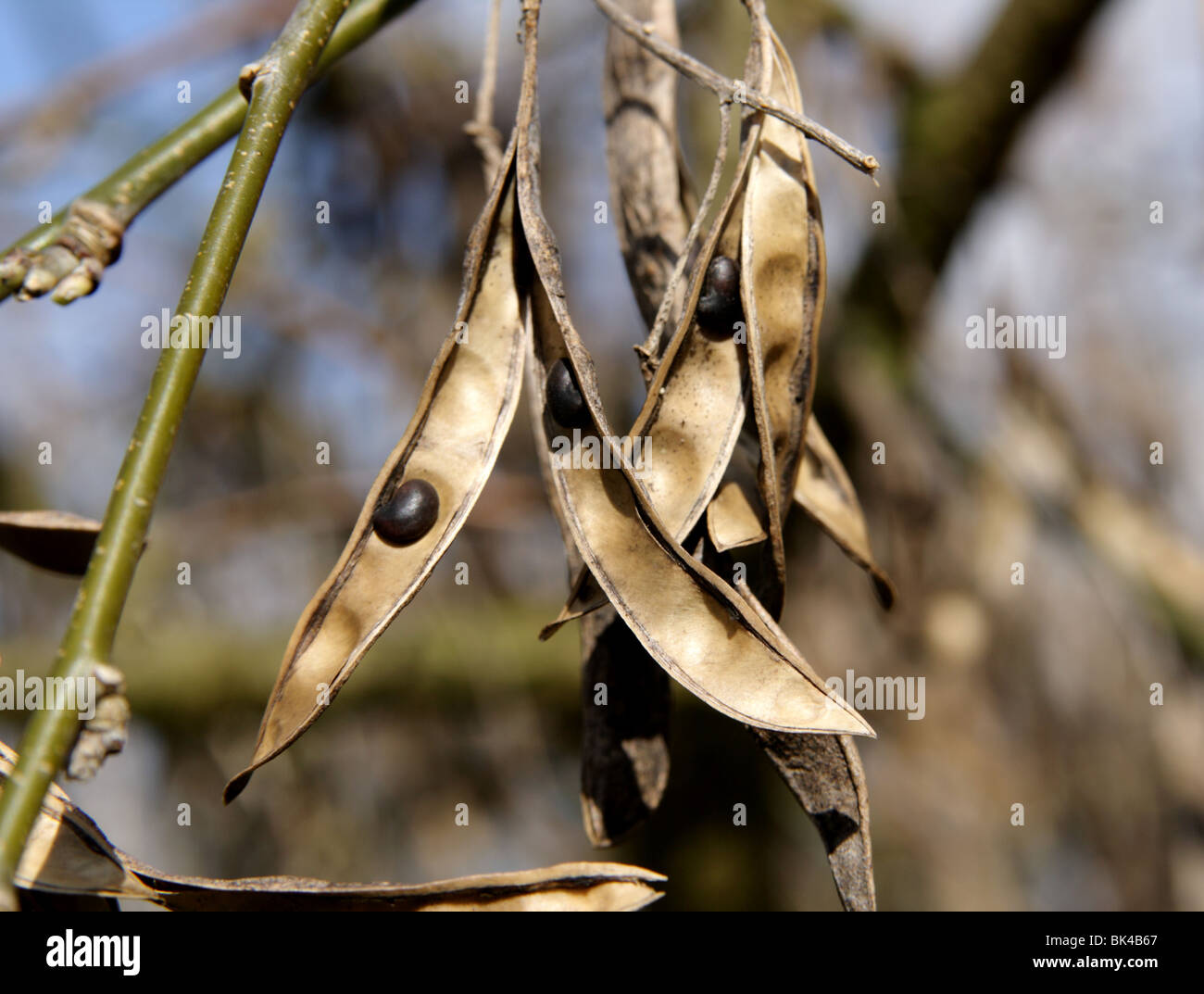



Robinia Pseudoacacia Commonly Known As The Black Locust Seeds In Spring Great Britain 10 Stock Photo Alamy
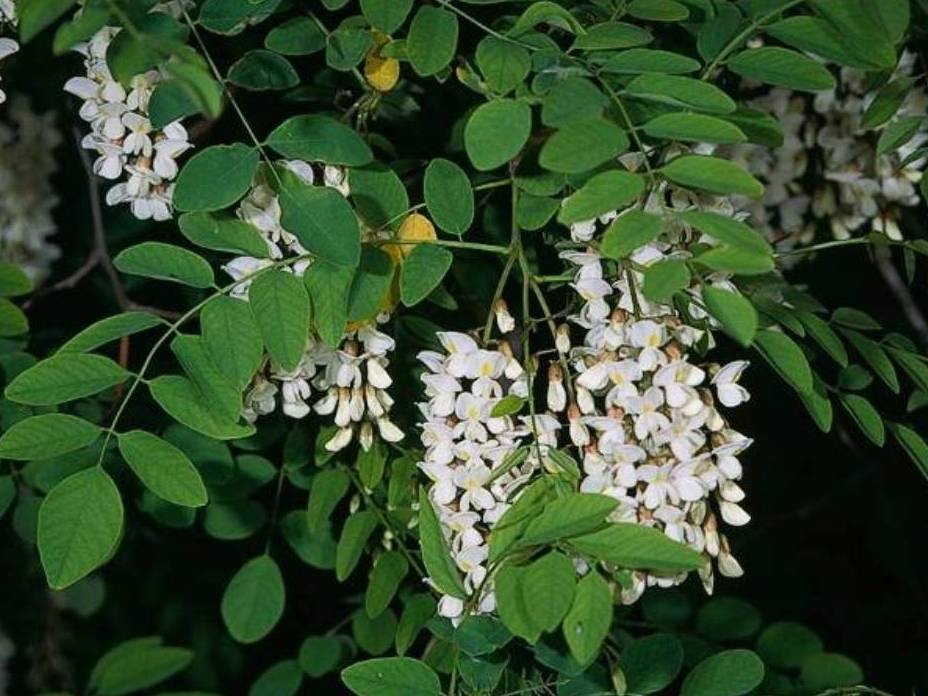



Robinia Pseudoacacia Profile California Invasive Plant Council
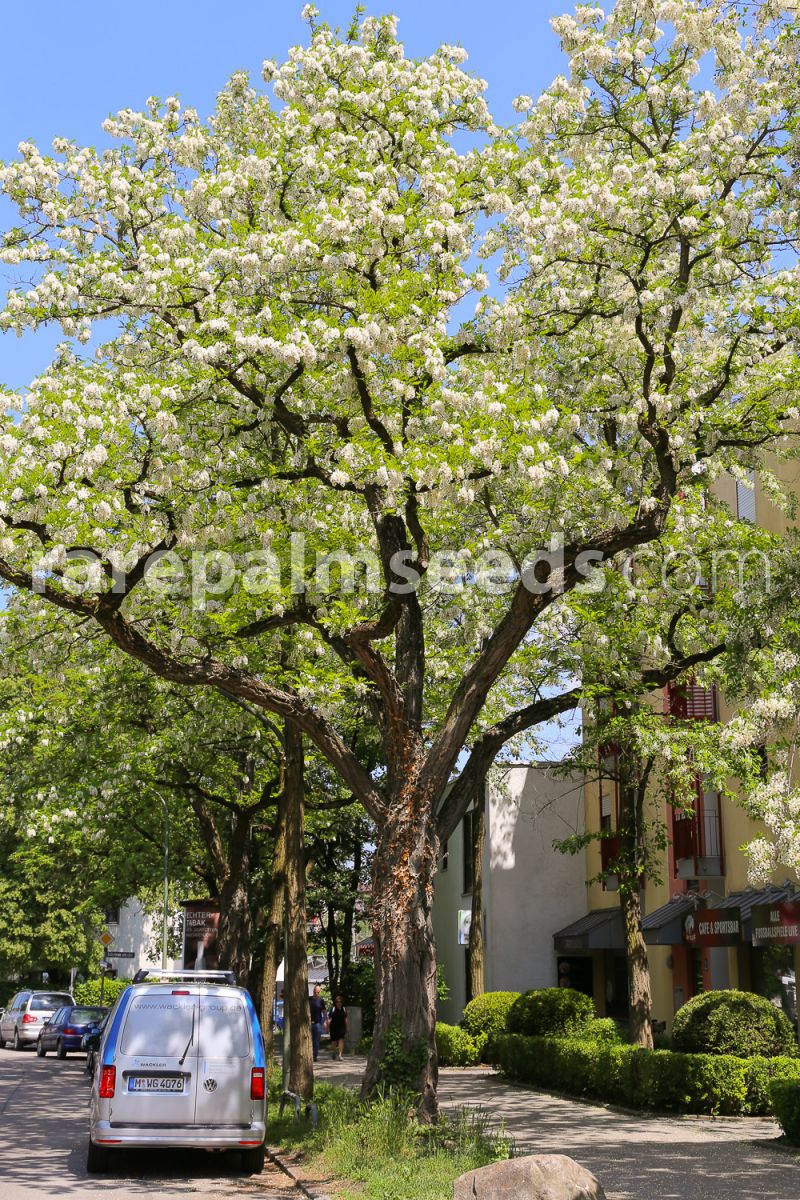



Robinia Pseudoacacia Black Locust Buy Seeds At Rarepalmseeds Com



Buy Robinia Pseudoacacia Black Locust 0 5 Kg Seeds Online From Nurserylive At Lowest Price



File Black Locust Robinia Pseudoacacia 172 Jpg Wikimedia Commons




Robinia Pseudoacacia Black Locust False Acacia Van Den Berk Nurseries




Plantfiles Pictures Robinia Black Locust Yellow False Acacia Yellow Locust Frisia Robinia Pseudoacacia By Growin



Q Tbn And9gctm45axt8stndun9xvonqmeaevoxvmcn5cxcswdbj3aszhph8q6 Usqp Cau



Q Tbn And9gcselx94fjhr Fppfyd6uithnidxy2syti8zxpokmxtpfckhjqjf Usqp Cau




Robinia Pseudoacacia Black Locust Leaves Virens Latin For Greening Flickr



Enh 728 St570 Robinia Pseudoacacia Black Locust



Robinia Pseudoacacia L Plants Of The World Online Kew Science




Antique Illustration Of Robinia Pseudoacacia Black Locust Stock Vector Freeimages Com




Robinia Pseudoacacia Wikipedia
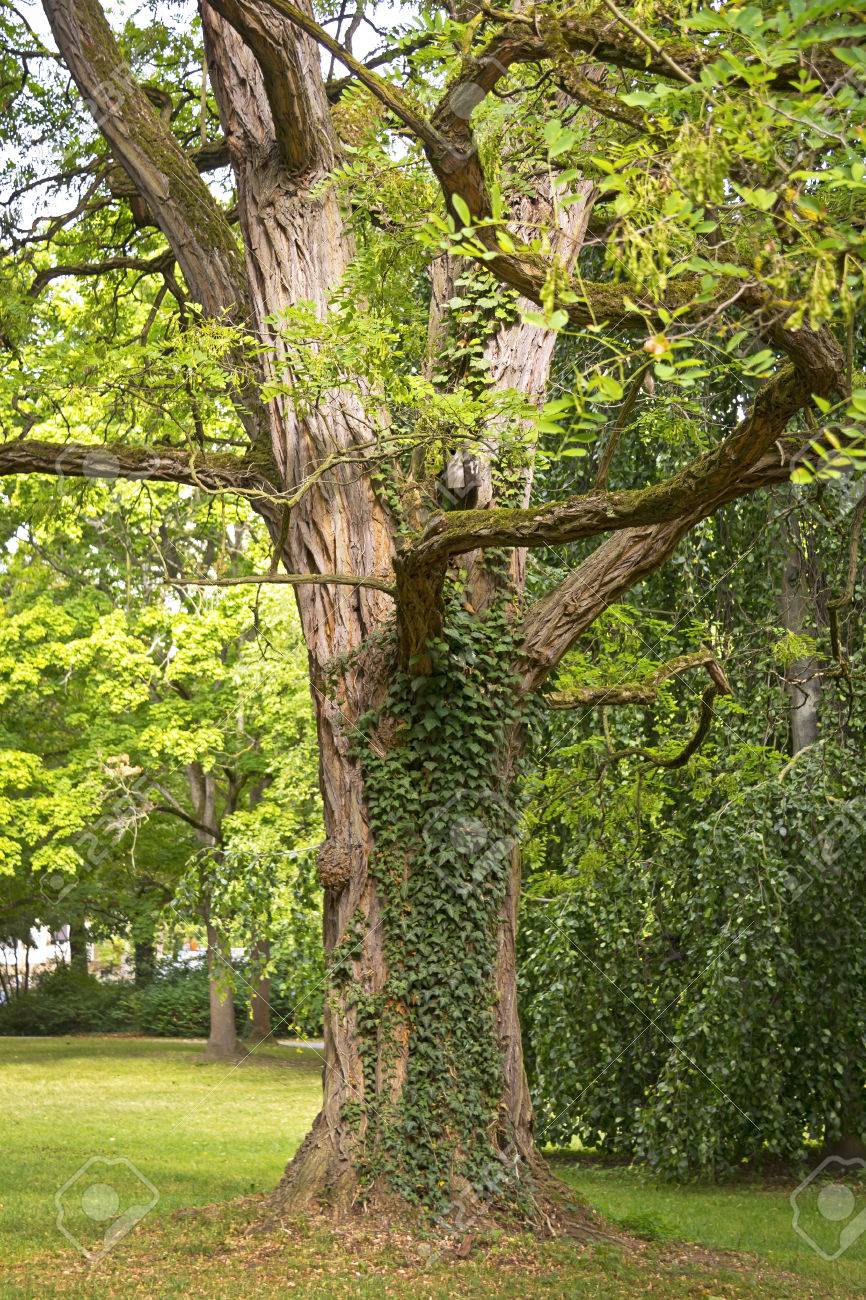



Old Robinia Pseudoacacia Black Locust Is A Tree Of The Genus Robinia In The Park Stock Photo Picture And Royalty Free Image Image




Black Locust Not Recommended The Morton Arboretum



Robinia Pseudoacacia L Plants Of The World Online Kew Science




Robinia Pseudoacacia Black Locust Mount Royal Seeds




Robinia Pseudoacacia Black Locust Common Locust False Acacia Green Locust Pea Flower Locust White Locust Yellow Locust North Carolina Extension Gardener Plant Toolbox
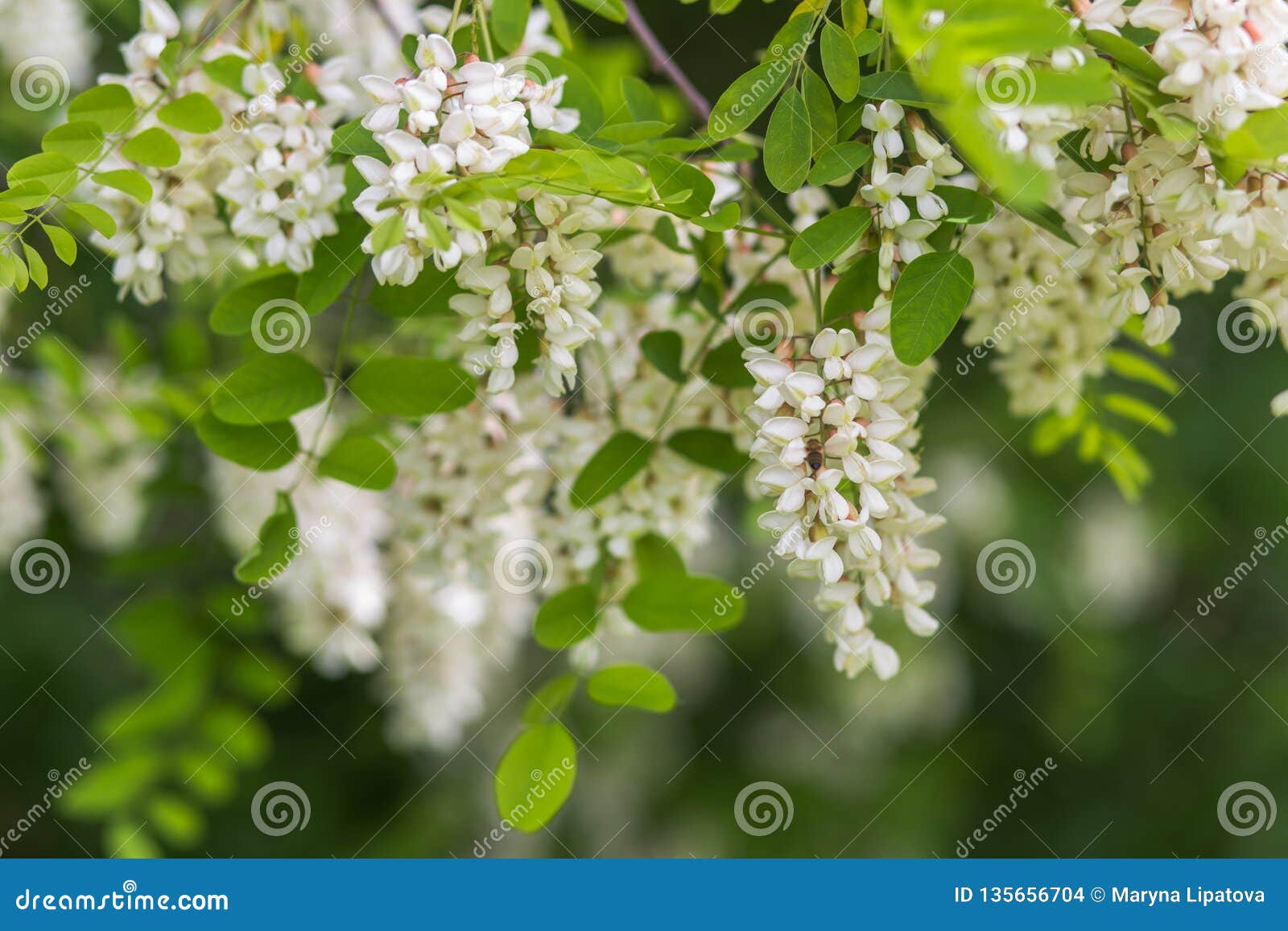



Honey Bee Collects Nectar From White Flowers Tree Acacia Robinia Pseudoacacia Black Locust False Acacia Blooming Clusters Of Stock Photo Image Of Flora Branches




Robinia Pseudoacacia Black Locust Common Locust False Acacia Green Locust Pea Flower Locust White Locust Yellow Locust North Carolina Extension Gardener Plant Toolbox




Robinia Pseudocacia Semperflorens Black Locust Tree Caragh Nurseries




Robinia Pseudoacacia Black Locust




Black Locust Robinia Pseudoacacia L 04 Flowering Trees Bushes And Shrubs Of Sleepy Hollow Lake
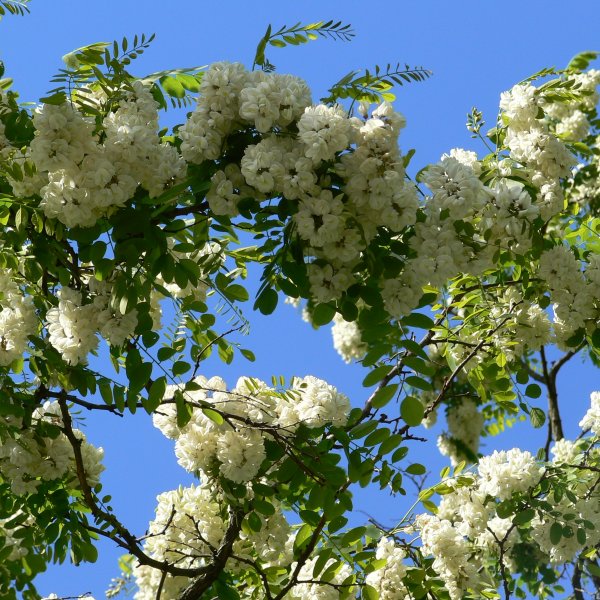



Black Locust Robinia Pseudoacacia 15 Seeds
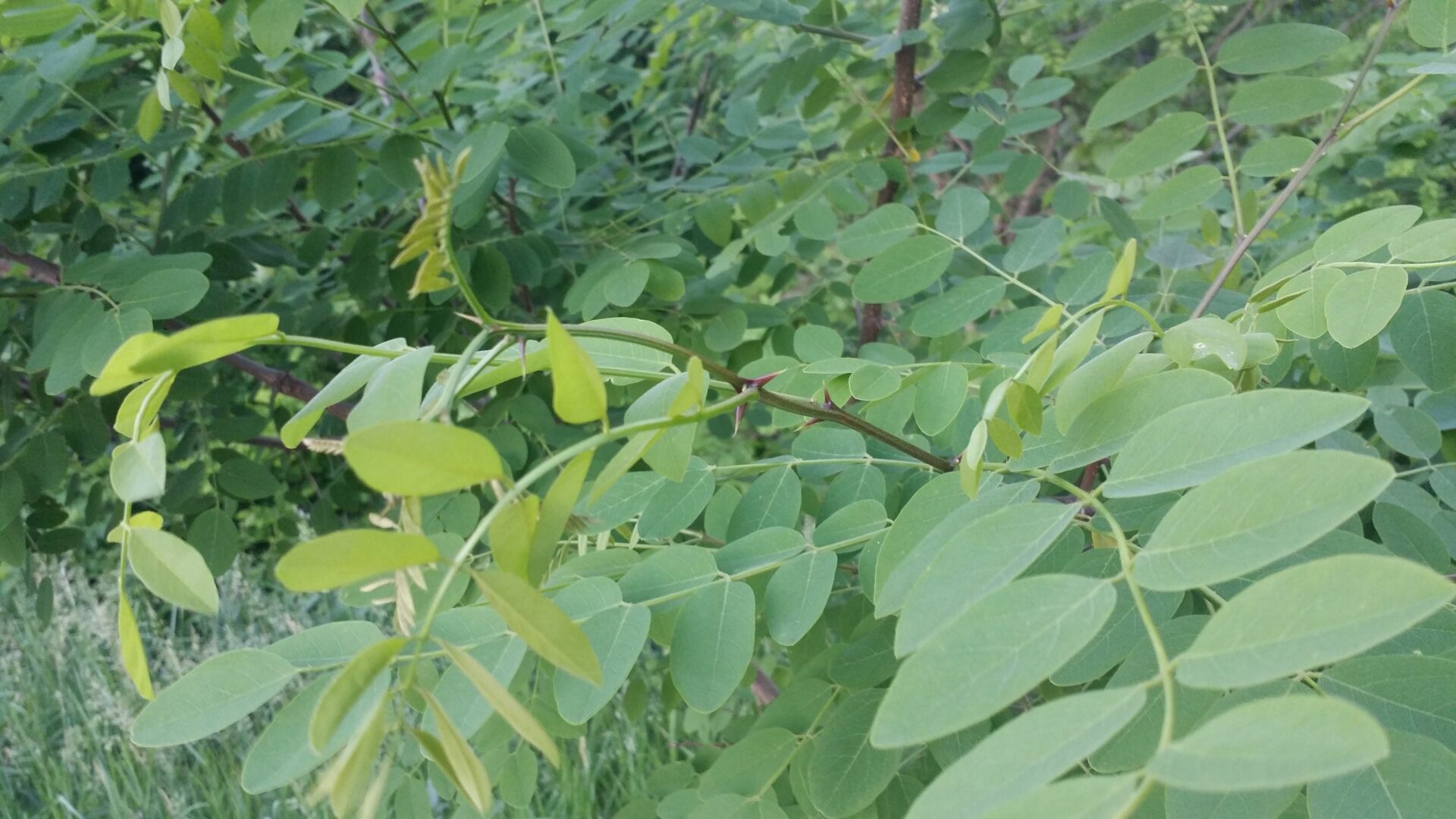



Black Locust Robinia Pseudoacacia Deciduous Trees Cold Stream Farm




Flowers Of Robinia Pseudoacacia Or Black Locust Isolated Flowers Of Robinia Pseudoacacia Or Black Locust Isolated On White Canstock




Black Locust Robinia Pseudoacacia Stock Image Image Of Inflorescence Bean




Robinia Pseudoacacia Black Locust Seed Pods Virens Latin For Greening Flickr
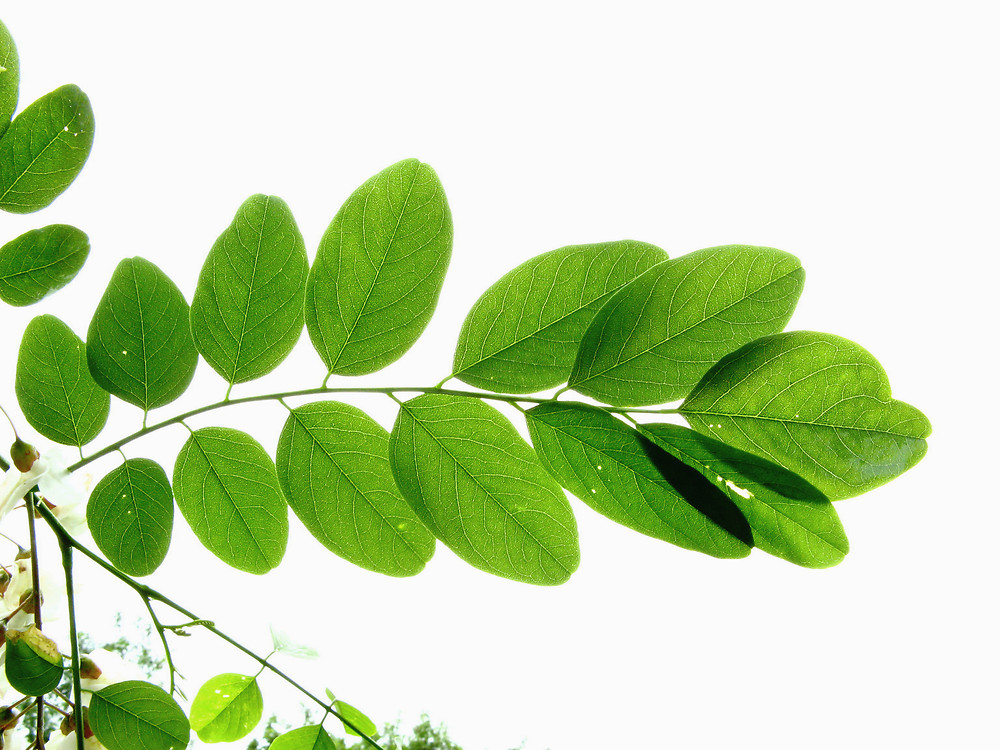



Robinia Pseudoacacia Black Locust Go Botany




Black Locust Robinia Pseudoacacia Free Photo On Pixabay




Robinia Pseudoacacia Wikipedia
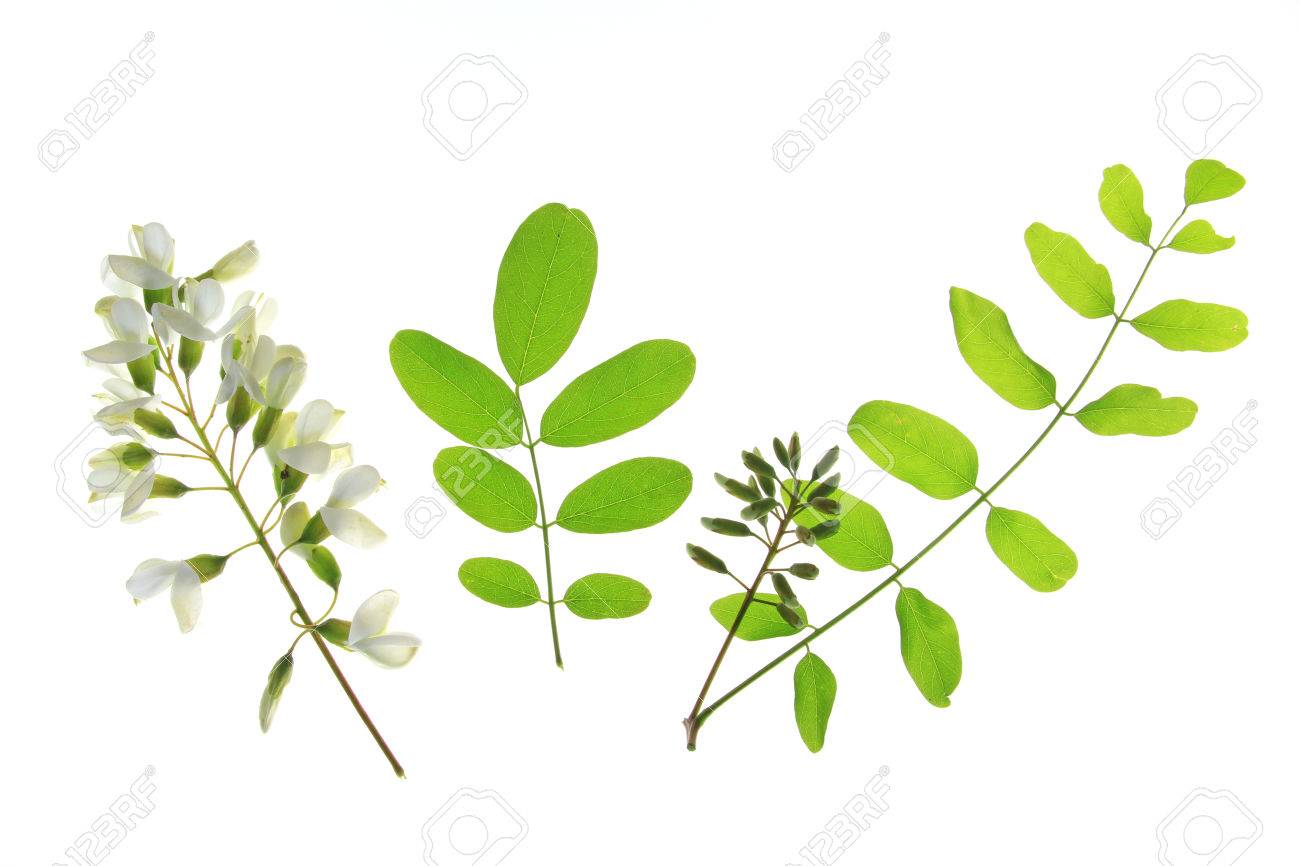



Flower Leaves Of The Black Locust In Europe Also Called False Stock Photo Picture And Royalty Free Image Image




Black Locust Robinia Pseudoacacia Branch Flower Leaves Of The Black Locust In Europe Also Called False Acacia Robinia Canstock
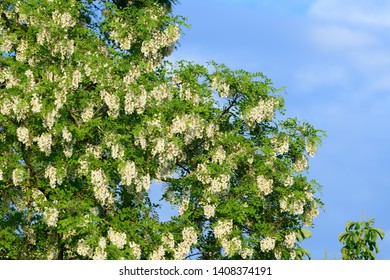



Robinia Pseudoacacia Hd Stock Images Shutterstock




Close Up Of The Trunk Of A Black Locust Robinia Pseudoacacia Stock Photo Alamy




Set Of Robinia Pseudoacacia Trees Black Locust 2 Trees Flippednormals




Robinia Pseudoacacia Or Black Locust False Acacia Hand Drawn Botanical Vector Illustration Canstock




Robinia Pseudoacacia Black Locust Tree Mail Order Trees




File Robinia Pseudoacacia Black Locust Robinie Robinier Faux Acacia 01 Jpg Wikimedia Commons
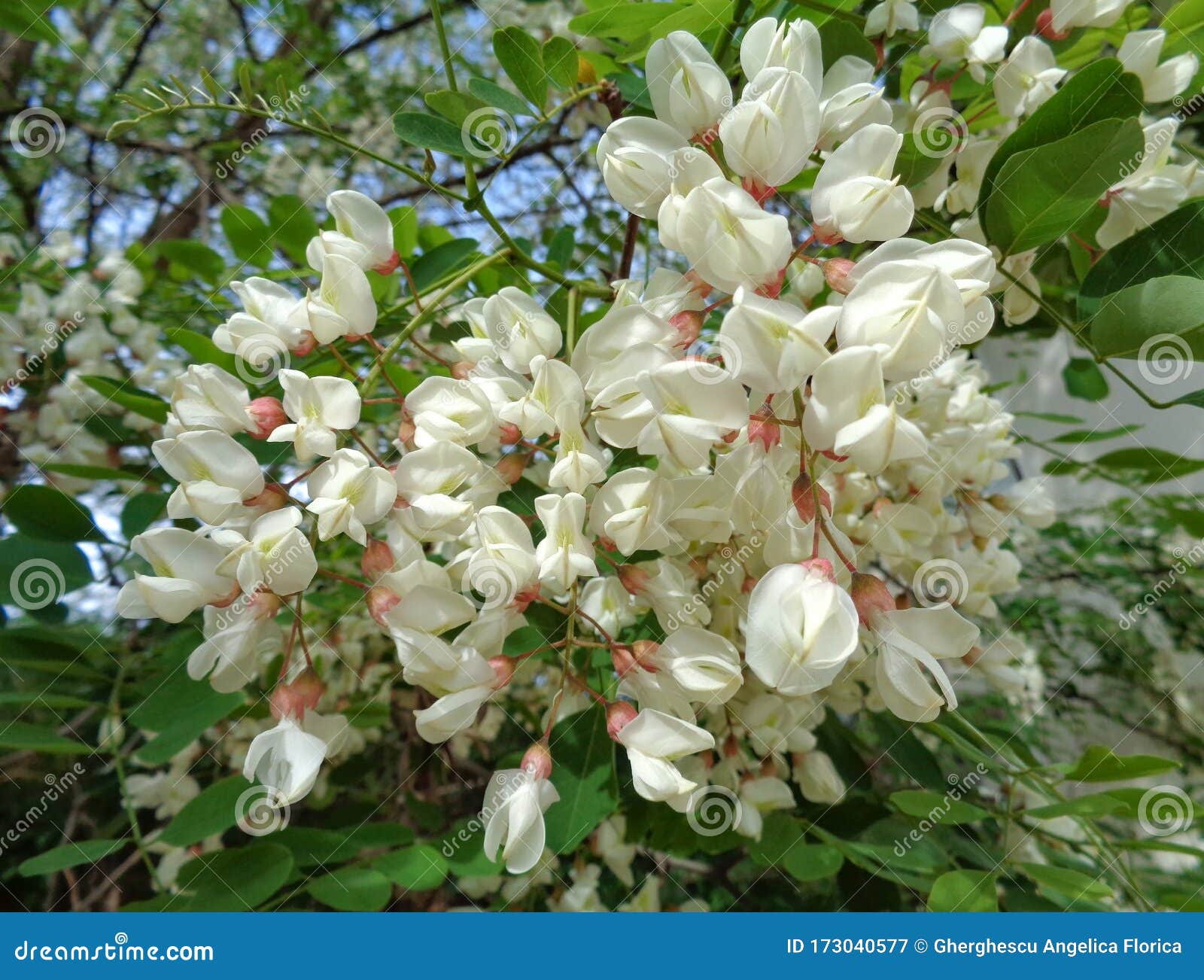



White Acacia Flowers Black Locust Robinia Pseudoacacia Close Up Stock Image Image Of Bush Leaf



Buy Robinia Pseudoacacia Twisty Baby Black Locust In The Uk



Robinia Pseudoacacia L Plants Of The World Online Kew Science




Robinia Pseudoacacia Black Locust Tree Canstock
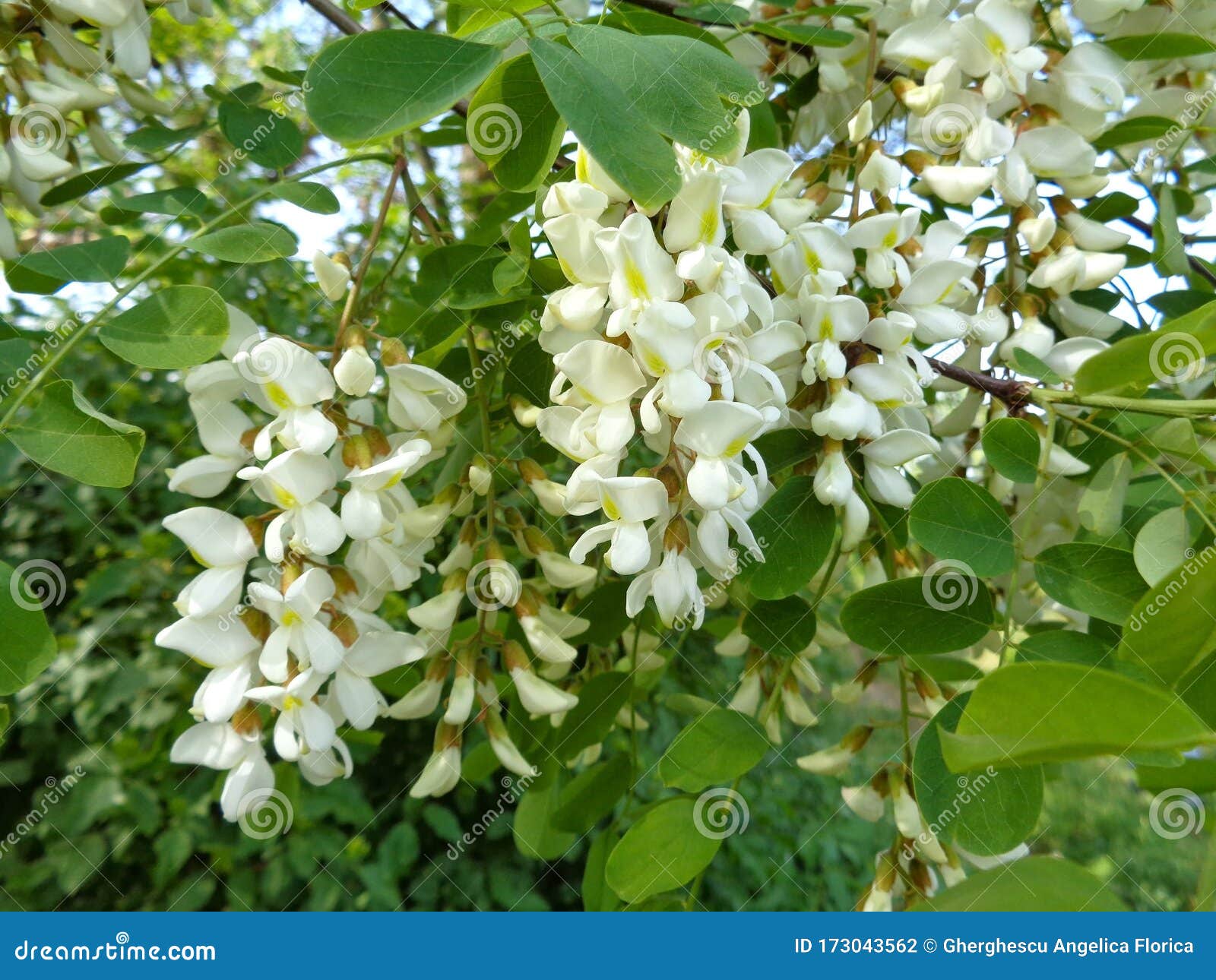



Flowers Of White Acacia Flowers Black Locust Robinia Pseudoacacia Close Up Stock Photo Image Of Garden Fresh
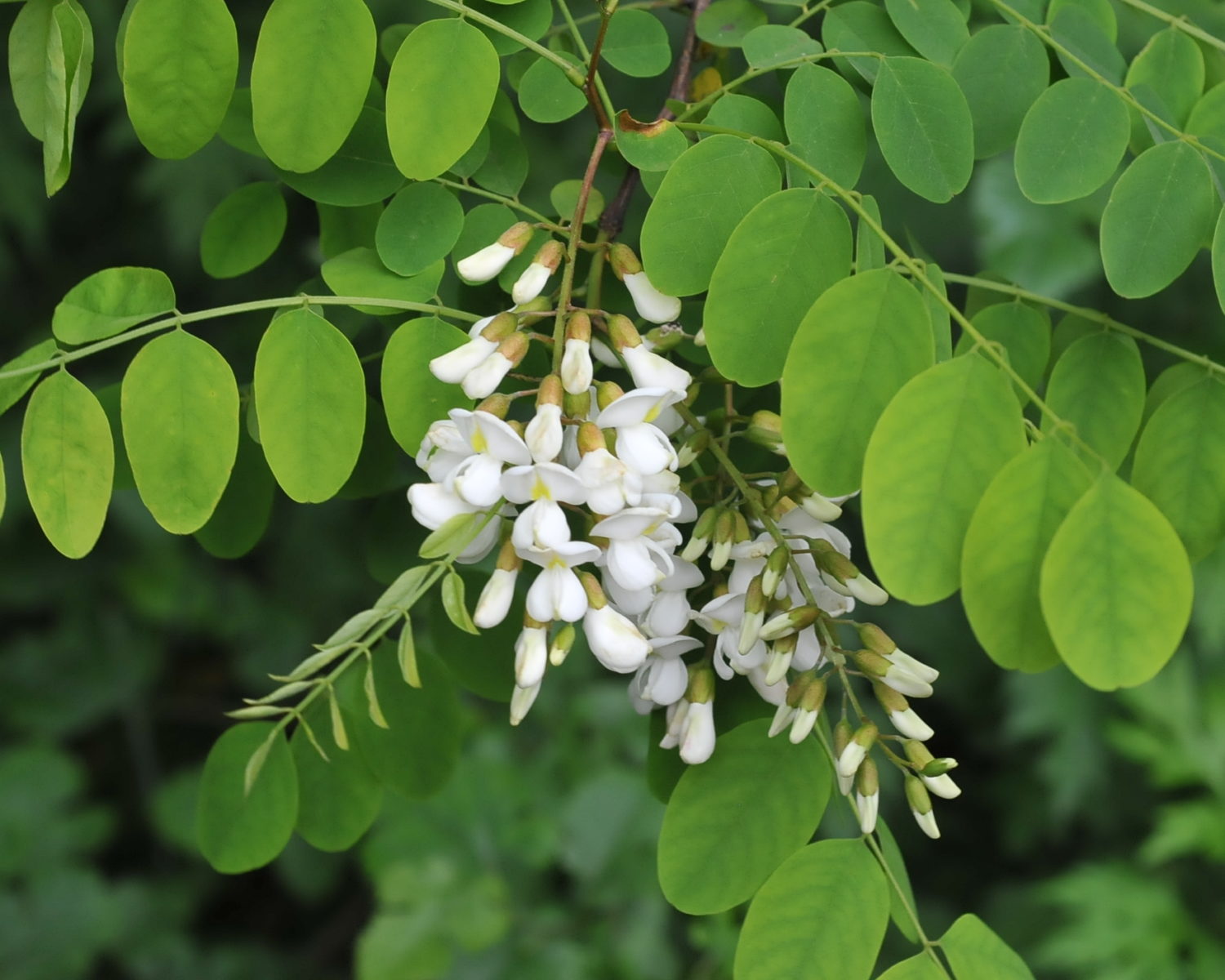



Black Locust Robinia Pseudoacacia Great Plains Nursery



Virginia Tech Dendrology Fact Sheet




Black Locust Or False Acacia Robinia Pseudoacacia Flowers Stock Photo Download Image Now Istock



Black Locust Robinia Pseudoacacia




Acacia Black Locust Robinia Robinia Pseudoacacia Twig With Leaves Studio Picture Stock Photo Alamy




Robinia Pseudoacacia False Acacia Black Locust In Germany Europe Canstock



Robinia Pseudoacacia Black Locust False Acacia Heirloom Perennial Ltd




Black Locust Common Locust Robinia Robinia Pseudo Acacia Robinia Pseudoacacia Robinia Pseudacacia Inflorescence Germany Stock Photo Alamy




Robinia Pseudoacacia Black Locust Buy Seeds At Rarepalmseeds Com




Botany Plants Antique Engraving Illustration Robinia Pseudoacacia Stock Illustration Download Image Now Istock
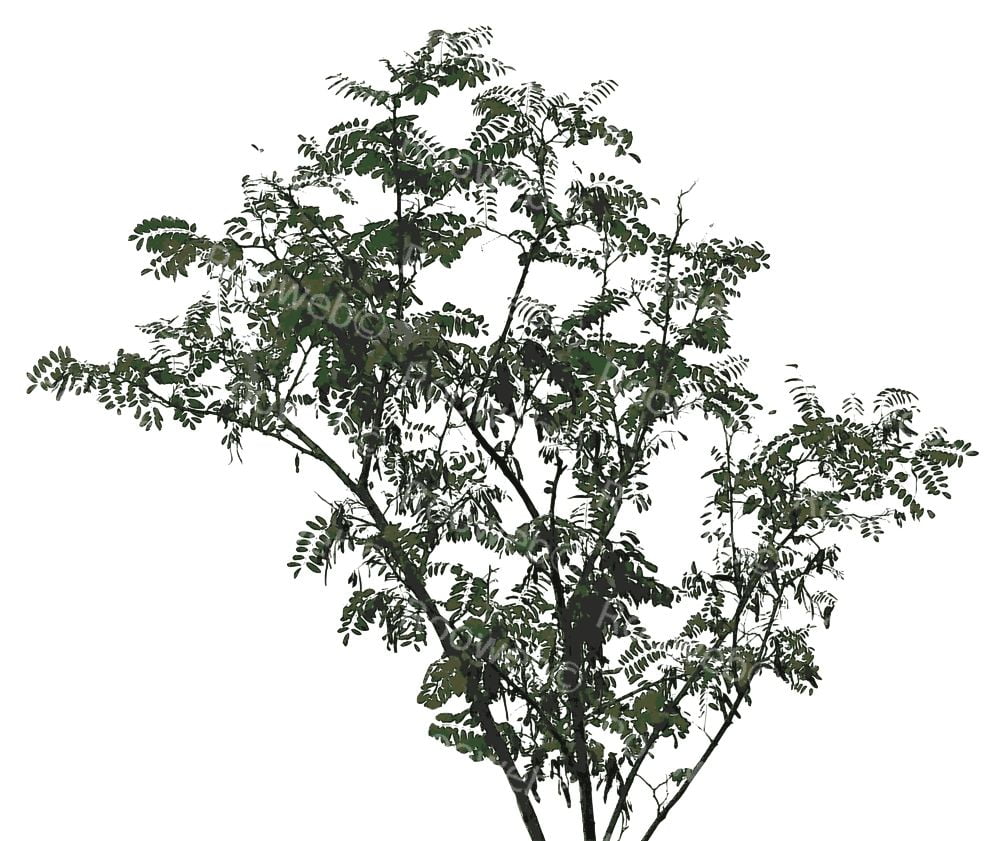



Black Locust Robinia Pseudoacacia Tree Rooweb




Robinia Pseudoacacia Black Locust Go Botany
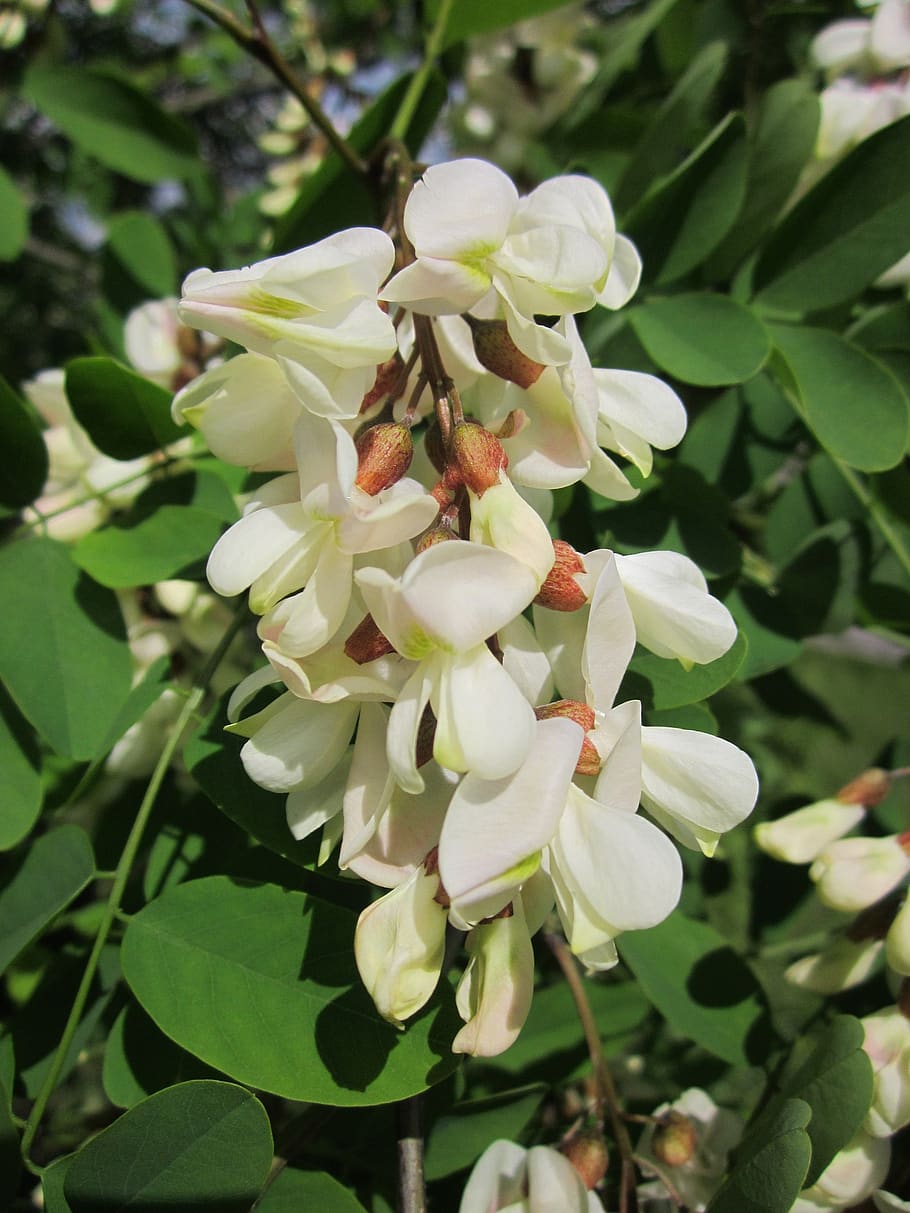



Hd Wallpaper Robinia Pseudoacacia Black Locust False Acacia Tree Flora Wallpaper Flare
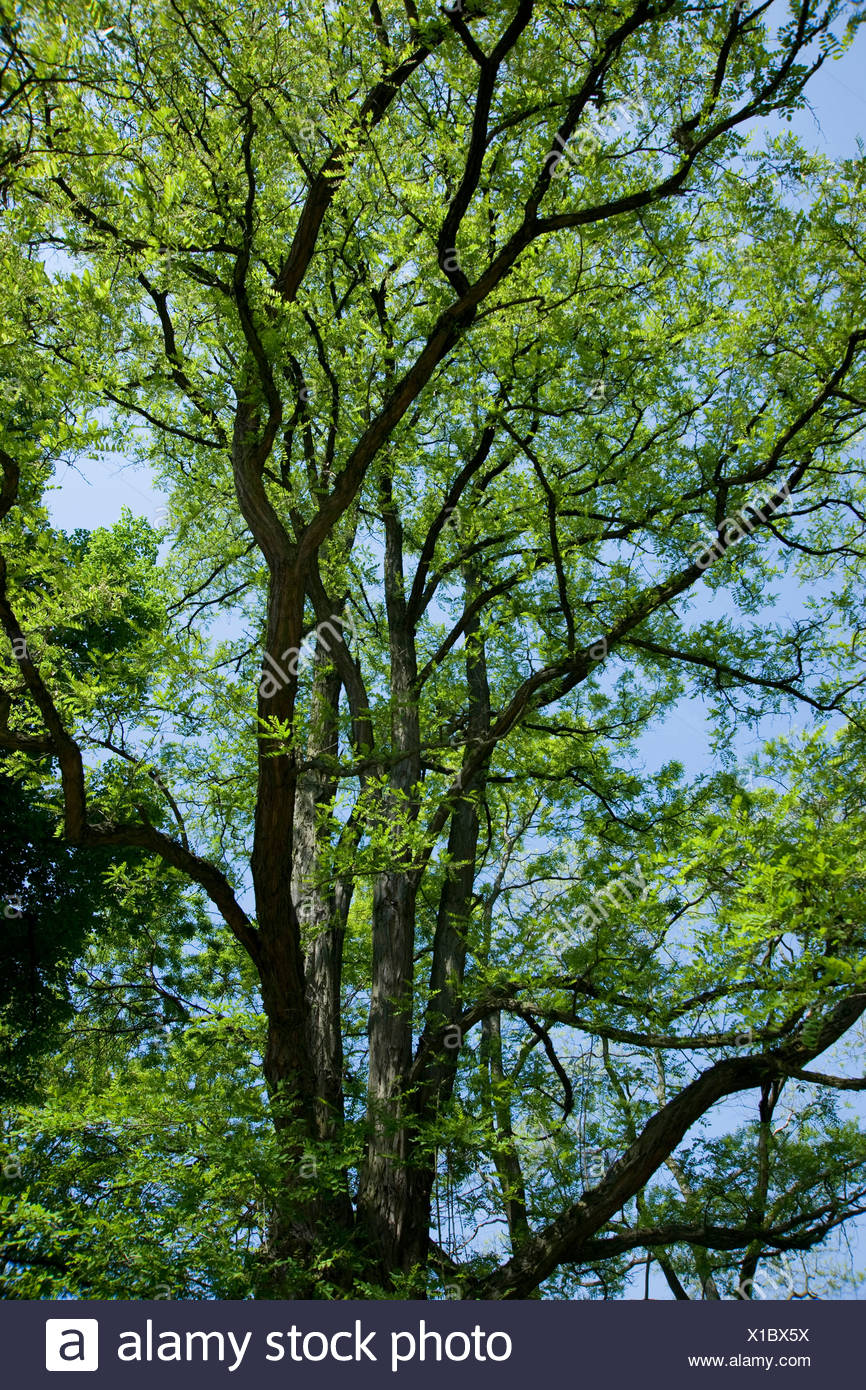



Black Locust Common Locust Robinia Robinia Pseudo Acacia Robinia Pseudoacacia Robinia Pseudacacia Tree In Summer Germany Stock Photo Alamy




Antique Illustration Of Robinia Pseudoacacia Stock Illustration Download Image Now Istock




Robinia Pseudoacacia Black Locust




Pink Black Locust Robinia Pseudoacacia Tree Flowers Stock Photo Picture And Royalty Free Image Image




Pink Robinia Pseudoacacia Tree Flowers Know As Black Locust Stock Photo Download Image Now Istock



Robinia Pseudoacacia Black Locust Native Plants Of North America




Robinia Pseudoacacia Black Locust




Black Locust Robinia Pseudoacacia Branch Flower Leaves Of The Black Locust In Europe Also Called False Acacia Robinia Canstock




Blossoms Of A Black Locust Robinia Pseudoacacia In Early Summer Stock Photo Picture And Royalty Free Image Image



Black Locust Robinia Pseudoacacia Fabaceae Pea




Robinia Pseudoacacia Black Locust Fabaceae




Robinia Pseudoacacia




Black Locust Robinia Pseudoacacia Beloved And Despised A Story Of An Invasive Tree In Central Europe Sciencedirect




Herbal Robinia Pseudoacacia Or Black Locust Branch
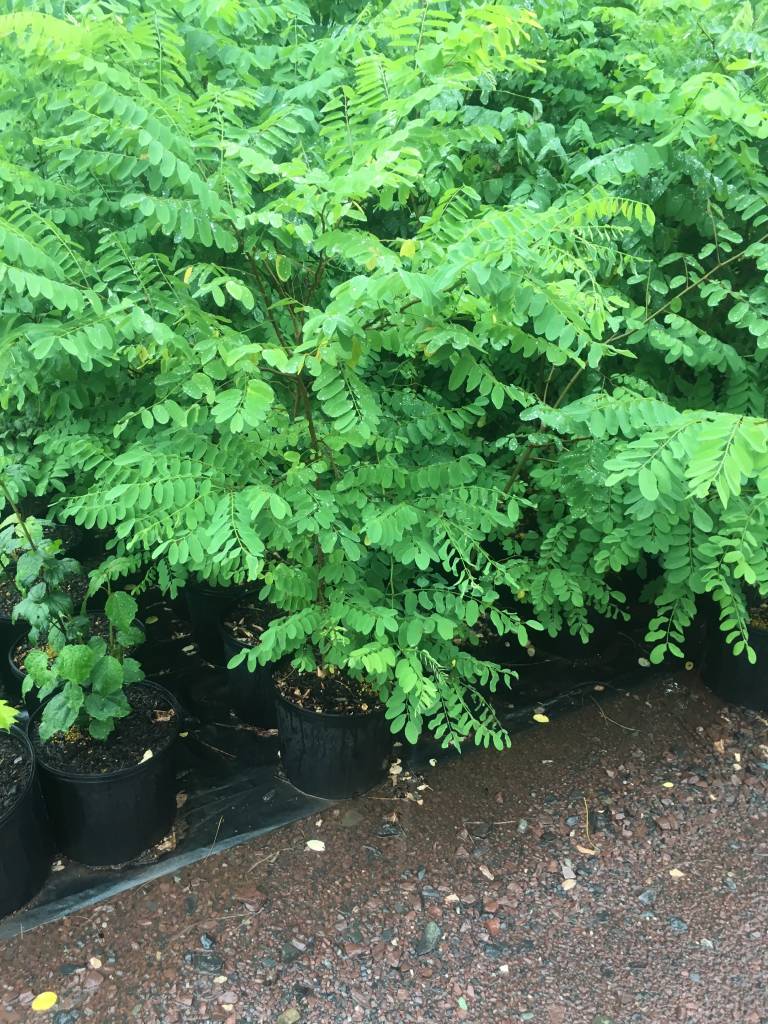



Robinia Pseudoacacia Black Locust 3 Behmerwald Nursery
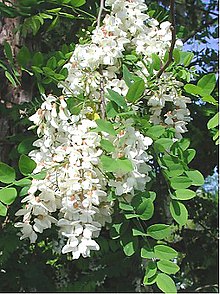



Robinia Pseudoacacia Wikipedia




Set Of Robinia Pseudoacacia Trees Black Locust 2 Trees 3d Model Download 3d Model Set Of Robinia Pseudoacacia Trees Black Locust 2 Trees 3dbaza Com




Robinia Pseudoacacia Tree 50 150 300 Seeds Fragrant Cold Hardy Black L The Plant Attraction



Street Black Locust Robinia Pseudoacacia Monophylla




Black Locust False Acacia Purple Robe Robinia Pseudoacacia My Garden Life



Robinia Pseudoacacia Euforgen European Forest Genetic Resources Programme



Robinia Pseudoacacia Euforgen European Forest Genetic Resources Programme



Black Locust Robinia Pseudoacacia




Robinia Bessoniana Black Locust Bessoniana Mail Order Trees
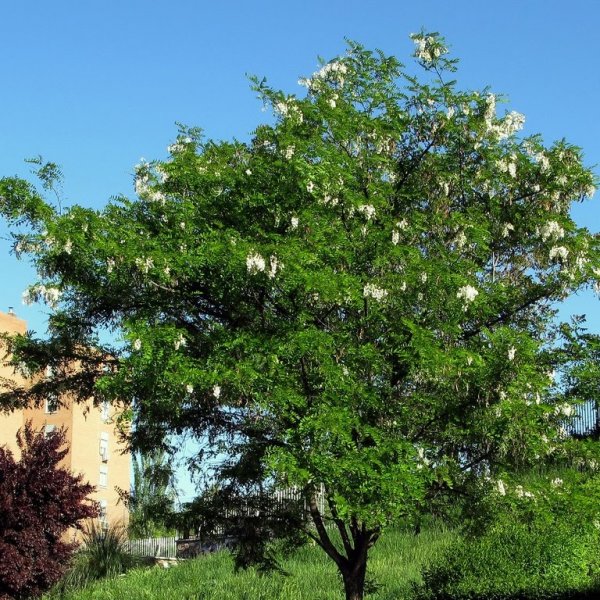



Black Locust Robinia Pseudoacacia 5 Seeds




Robinia Pseudoacacia Or Black Locust Royalty Free Vector



0 件のコメント:
コメントを投稿